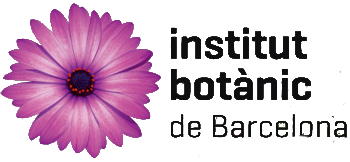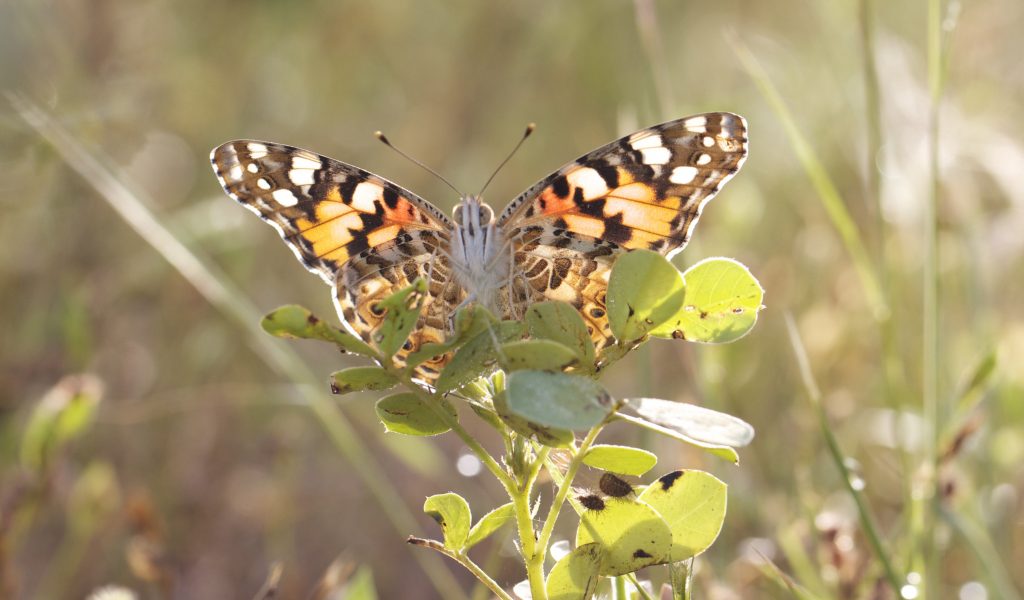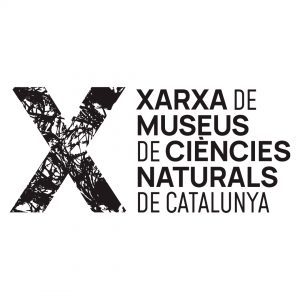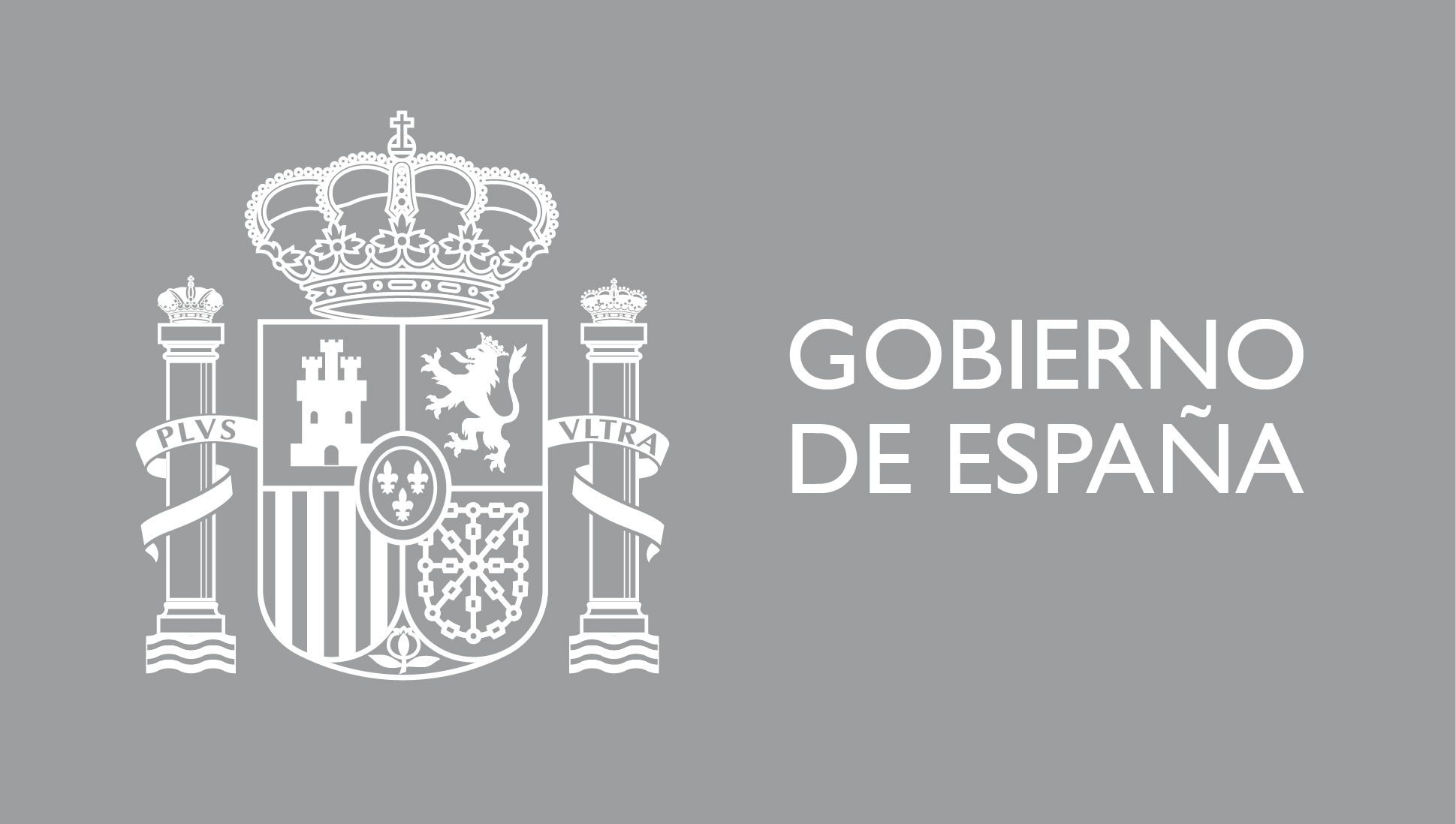IBB-CSIC Researchers describe three new thistle genera endemic to the Afromontane Archipelago and identify a new biogeographic pattern
At the recent International Botanical Congress held in Madrid, postdoctoral researcher Lucía Moreyra presented a remarkable discovery made during her doctoral thesis: the description of three new genera of thistles endemic to the Afromontane archipelago. This finding, in addition to expanding knowledge about the biodiversity of this region, includes a new biogeographic pattern that sheds light on the origin and current distribution of these species.
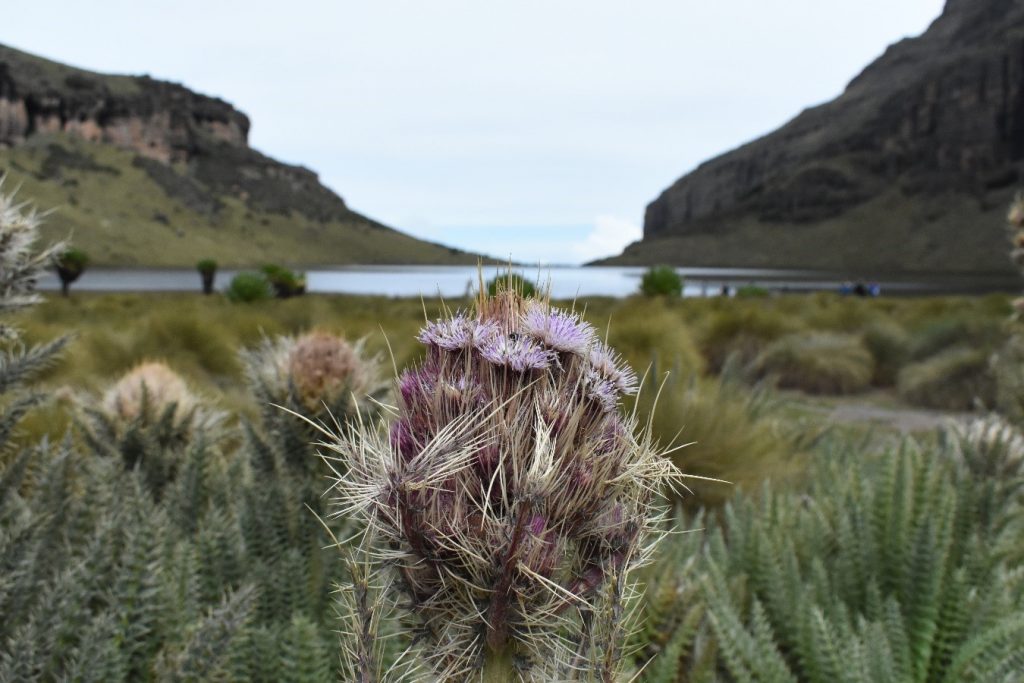
The Afromontane archipelago is a biogeographic region formed by the highest mountainous areas of the African continent. Its rich and diverse flora is of great biological interest due to its uniqueness and the presence of endemic species found nowhere else in the world. The Plant Biodiversity and Evolution group at IBB has dedicated years of work to better understand the flora of the ecological islands that make up this archipelago, and its efforts have paid off with the discovery of these three new genera of thistles.
The research carried out not only enriches the botanical classification but is also crucial for the conservation of biodiversity in the archipelago. The detailed study of these plants allows a better understanding of how the species have evolved and adapted to their particular environment.
Additionally, a new biogeographic pattern has been inferred that explains the origin and current distribution of these species. This result suggests that the endemic thistles of the Afromontane archipelago have an ancient origin (late Miocene) from an ancestor from the Palaearctic region. The current distribution of African thistles would be linked to geological and climatic events that allowed their dispersal and adaptation in these ecological islands. This new biogeographic pattern provides a deeper insight into how historical processes have shaped current biodiversity and may help to predict how species may respond to future environmental changes.
The presentation of these findings at the XX International Botanical Congress (IBC) has been received with great interest by the scientific community, highlighting the importance of research in the conservation and understanding of global biodiversity. This discovery not only brings new scientific knowledge but also underscores the need to protect these unique ecosystems, which are crucial to the planet’s ecological health.

